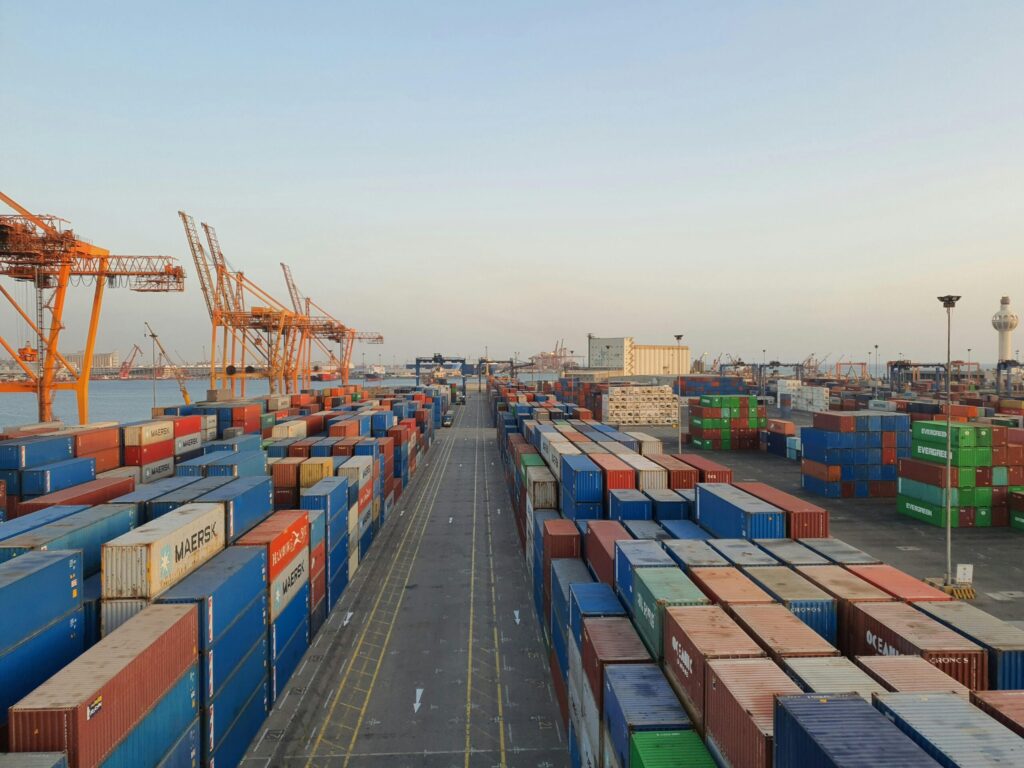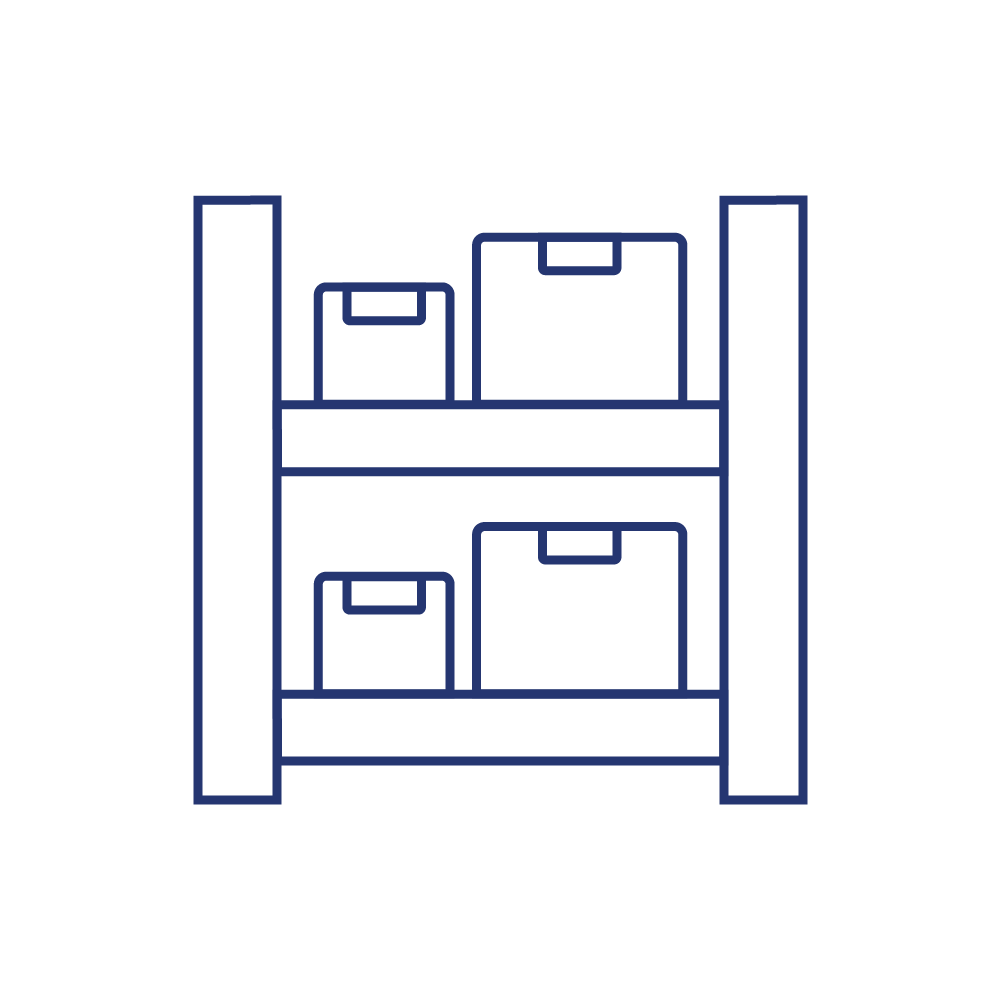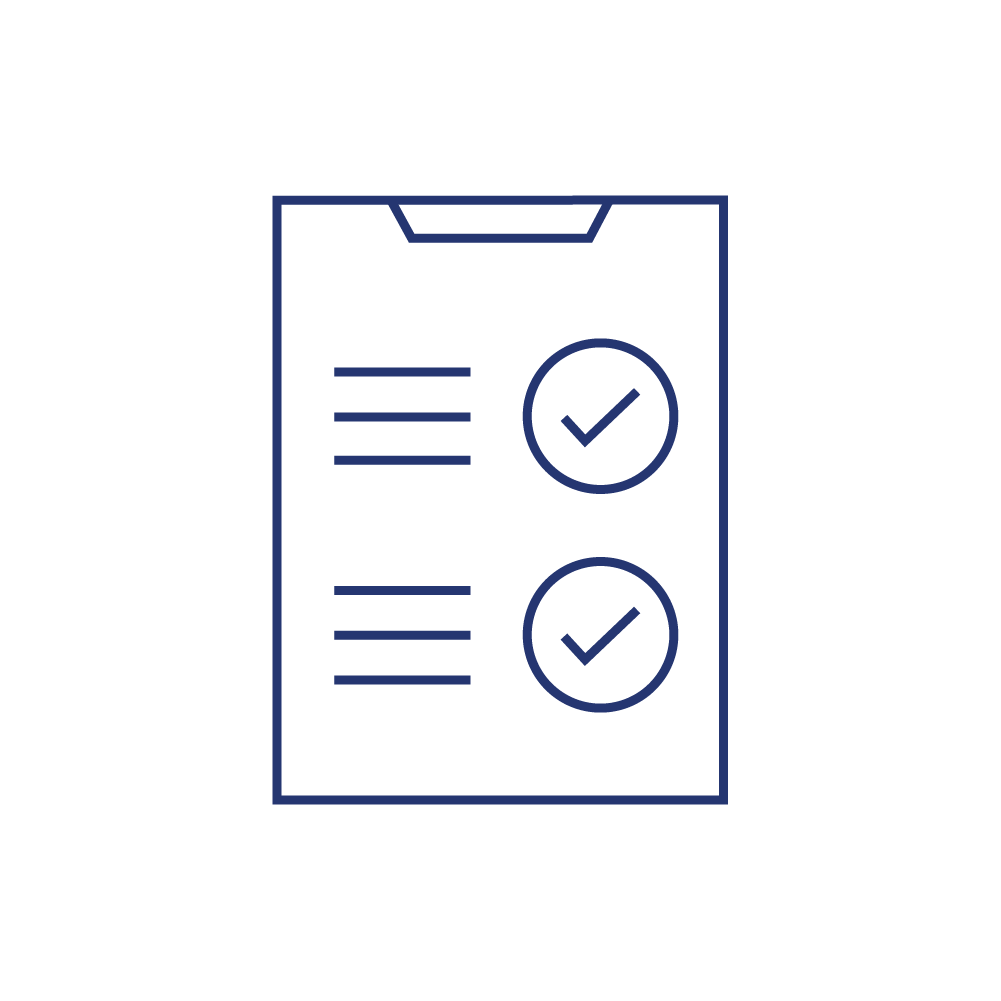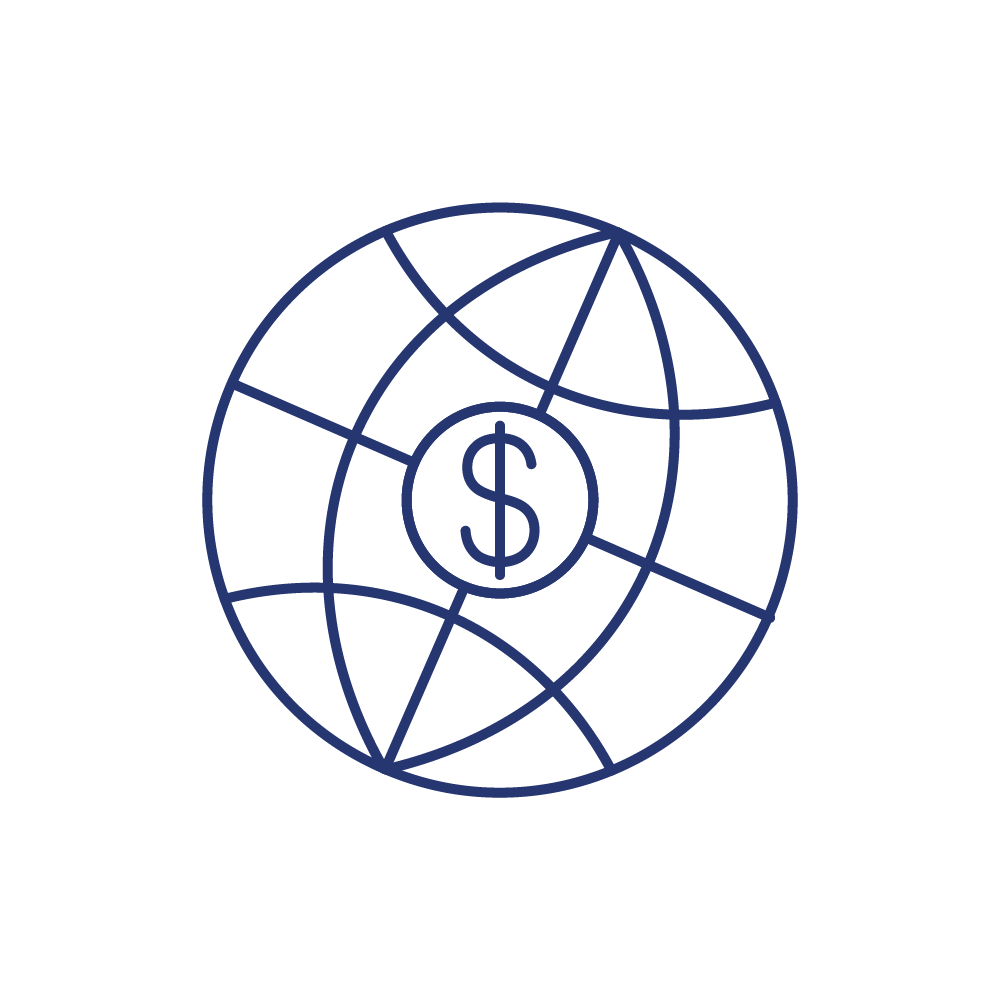Services
Customized Solutions for Global Trade
We provide expert guidance across tariffs, compliance, and trade strategy—giving you the clarity and confidence to move forward in a competitive global landscape.
Tariff and Commodity Review
Maximize cost-efficiency and compliance with detailed tariff and commodity classifications. We help you accurately categorize goods and uncover savings opportunities through expert tariff analysis.
Regulatory Compliance Guidance
Navigate customs regulations with confidence. Our team provides up-to-date trade compliance support and helps streamline complex customs procedures to keep your operations running smoothly.
Strategic Trade Planning
Drive long-term success with tailored international trade strategies. From reducing duties to aligning operations with your business goals, we help you plan smarter for global growth.


Commodity classification
Commodity classification is the process of categorizing goods according to the Harmonized System (HS) or other classification frameworks used for customs, trade, and taxation purposes. Proper classification ensures compliance with tariff regulations, determines the correct duty rates, and helps businesses optimize costs when importing or exporting goods.
Here’s what’s involved:
- Harmonized System (HS) Code Assignment: Every product is assigned a unique HS code based on its material, function, and intended use.
- Customs and Trade Compliance: Ensuring the classification aligns with national and international trade regulations to avoid penalties.
- Tariff Determination: Identifying applicable tariffs, import duties, and tax rates based on the assigned classification.
- Rules of Origin Evaluation: Determining eligibility for reduced tariffs or exemptions under various Free Trade Agreements (FTAs).
- Regulatory Requirements: Some commodities require additional approvals, permits, or sanitary/phytosanitary certifications depending on their classification.
- Risk Assessment: Avoiding misclassification that could lead to fines, delays, or higher duty payments.

Strategic planning for tariffs
Strategic planning for tariffs involves developing proactive measures to manage the impact of trade policies on businesses and industries. Companies and governments use strategic planning to mitigate risks, optimize supply chains, and ensure compliance with evolving tariff regulations.
Here are key components of tariff-related strategic planning:
- Risk Assessment: Identifying potential tariff changes and their impact on costs, supply chains, and market competitiveness.
- Scenario Planning: Mapping out possible tariff scenarios, including worst-case and best-case outcomes, to prepare contingency plans.
- Supply Chain Diversification: Exploring alternative suppliers or sourcing options to reduce dependency on regions affected by tariffs.
- Government Engagement: Working with policymakers and trade associations to advocate for favorable tariff policies and exemptions.
- Financial Planning: Adjusting pricing strategies, budgeting for tariff-related costs, and exploring tax incentives to offset expenses.
- Operational Efficiency: Streamlining processes to minimize tariff exposure, including tariff engineering to qualify for reduced-duty classifications.

Tariff and Commodity review
A tariff and commodity review typically involves analyzing and verifying the classification of goods under the Harmonized System (HS) codes to ensure compliance with trade regulations. Businesses and importers use these services to optimize duty payments, reduce costs, and prevent errors that could lead to penalties or delays.
Here’s what’s generally involved:
- Tariff Classification: Determining the correct HS code for imported or exported goods.
- Duty Rate Analysis: Identifying applicable tariffs and potential duty reductions or exemptions.
- Regulatory Compliance: Ensuring goods comply with trade laws, customs regulations, and international trade agreements.
- Commodity Valuation: Reviewing the declared value of goods for customs purposes.
- Free Trade Agreement (FTA) Reviews: Assessing eligibility for reduced tariffs under various trade agreements.
- Risk Management: Identifying potential risks related to misclassification or underpayment of duties.
- Customs Documentation Audit: Reviewing past declarations for compliance and cost-saving opportunities.

Tariff refunds
Tariff refunds allow businesses and individuals to recover duties paid on imported goods under specific conditions. In Canada, the Canada Border Services Agency (CBSA) oversees the refund process, while in the U.S., refunds may be available under programs like Section 301 tariff exclusions.
Here’s how tariff refunds generally work:
- Eligibility Check: Businesses must confirm that their goods qualify for a refund, such as through tariff exclusions or trade agreements.
- Application Submission: Importers submit refund requests to customs authorities, often using forms like Form B2 in Canada or a Post Summary Correction (PSC) in the U.S..
- Review Process: Authorities assess the request, verifying documentation and compliance with trade regulations.
- Approval & Refund Issuance: If approved, the refund is processed, typically within a set timeframe.
Let’s Start the Conversation
Whether you have a question, need tailored guidance, or are ready to optimize your trade strategy, we’re here to help. Connect with Peacock Tariff Consulting to move your business forward with confidence.
